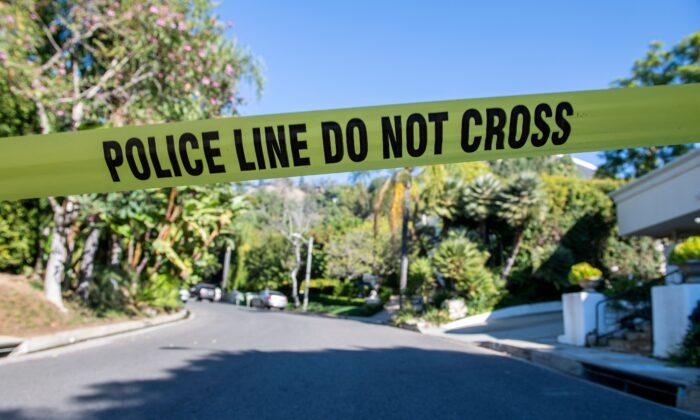SANTA ANA—Orange County reported 110 new cases of COVID-19 and 53 additional deaths on March 7, but officials said death reports over the next few days may be higher than usual as they clear the backlog created by technical issues in the state reporting database.
The number of county residents hospitalized with the coronavirus decreased from 321 on March 6 to 296, while the number of COVID-19 patients in intensive care increased slightly from 87 to 89, according to the Orange County Health Care Agency.
The county has 34 percent of its intensive care unit beds and 68 percent of its ventilators available, both slight improvements over March 6’s numbers.
Of the deaths reported March 7, five were skilled nursing facility residents and two were assisted living facility residents, raising the cumulative totals in those groups to 996, and 473, respectively.
The county also reported 8,917 tests March 7, raising the cumulative total to 3,113,747. There have been 236,312 documented recoveries.
Orange County’s push to graduate to the less-restrictive red tier for the state’s COVID-19 program to reopen the economy is continuing as cases and hospitalizations decline.
The numbers governing the state’s tiered network for reopening the economy are updated every Tuesday, with purple being the most restrictive, red the next one up and then orange and the least-restrictive yellow. But those reports reflect numbers through March 7, and as of that day, Orange County didn’t meet the criteria for the red tier.
The county’s test positivity rate improved to 3.9 percent from 5.4 percent March 2, and the adjusted case rate per 100,000 on a seven-day average with a seven-day lag improved from 11.9 to 7.6.
To get to the red tier, the county has to have a case rate per 100,000 population of 4 to 7, a positivity rate of 5 percent to 8 percent, and a Health Equity Quartile rate of 5.3 percent to 8 percent.
The red tier allows for many more businesses and organizations to reopen. For instance, retail stores could allow for half capacity instead of 25 percent, and museums, zoos, and aquariums could reopen for indoor activities at 25 percent capacity, as could movie theaters, gyms, and restaurants.
As of March 4, the county was at seven cases per 100,000 people, which is right at the top of the most-restrictive purple tier.
The overall positivity rate was at 3.5 as of March 4, and the Health Equity Quartile Rate—which reflects the rates in hot spots in disadvantaged neighborhoods—was at 4.5, “the lowest number we’ve had since we started measuring equity,” Orange County chief executive Frank Kim said.
Outbreaks—defined as two or more confirmed cases within the past two weeks—have declined significantly in the county’s nursing homes, with just two skilled nursing facilities and three elderly assisted living facilities in that metric as of March 3.
“The trends are good,” Kim said March 5. “The trends would indicate we have a very good chance to make it [to the red tier] next week, but we won’t know till we see the data.'’
The county must hang on to its case rates and positivity rates through March 14 to graduate to the red tier. County officials are still targeting March 17 as the date it would be able to reopen more businesses.
Supervisor Lisa Bartlett is optimistic about getting up from the red to the orange tier soon as well.
“Our numbers continue to improve—we could actually be in the orange tier in the not-too-distant future,'' Bartlett said.
County officials closed down the Disneyland mass vaccine distribution site for a few days starting March 4 so the tents there could be reconfigured to allow for drive-thru access for the disabled, Kim said. The site is set to reopen March 8.
Orange County officials are expecting to receive the new Johnson & Johnson vaccines by this week.





